DOE awards $17M to FY 2014 SBIR Phase II projects; includes Si/graphene anodes, motor windings, exhaust treatments
Green Car Congress
MARCH 31, 2014
The selected projects include 6 vehicle-related technologies and 2 hydrogen and fuel cell technologies, as well as new hydropower, heat pump, solar and manufacturing technologies. Vehicle technologies span a range from new Si/graphene Li-ion anode materials and composites for motor windings to diesel aftertreatment and advanced lubricants.



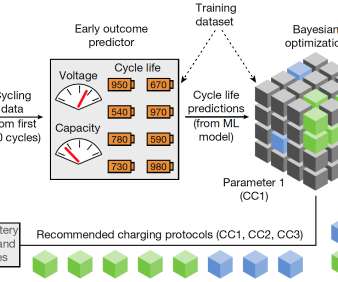





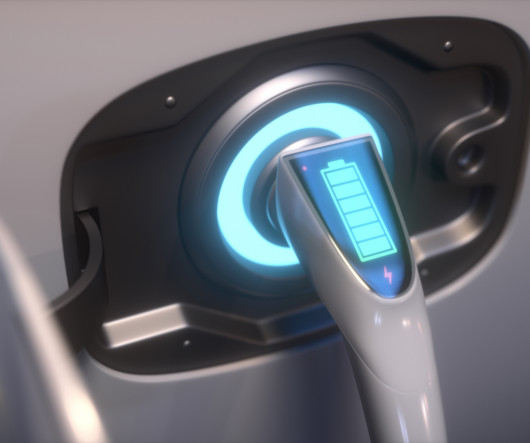









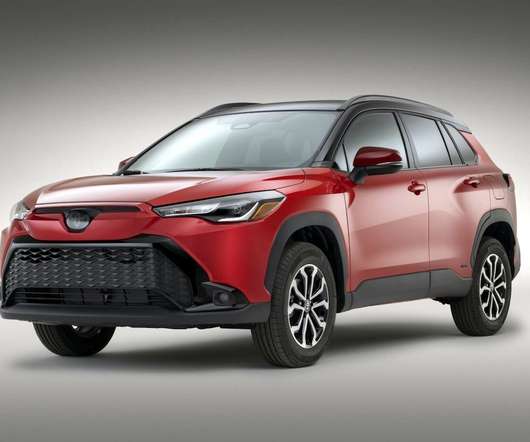
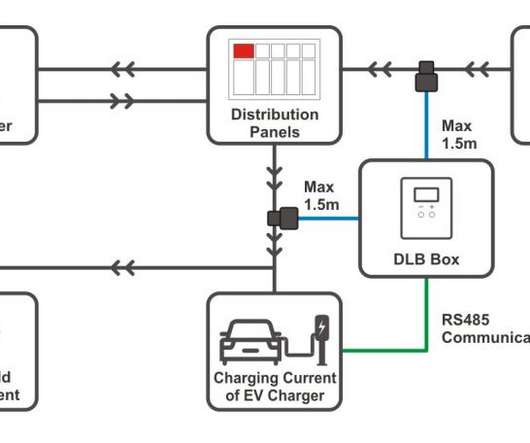


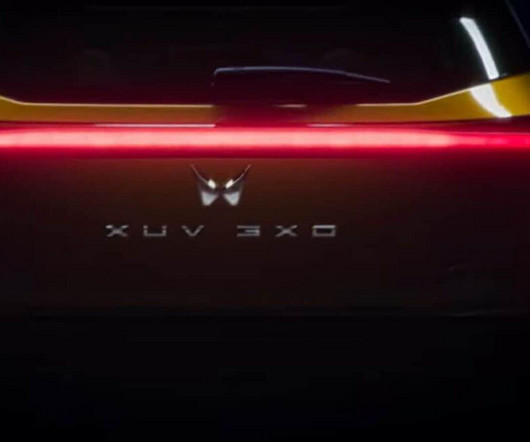






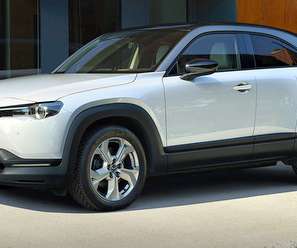













Let's personalize your content